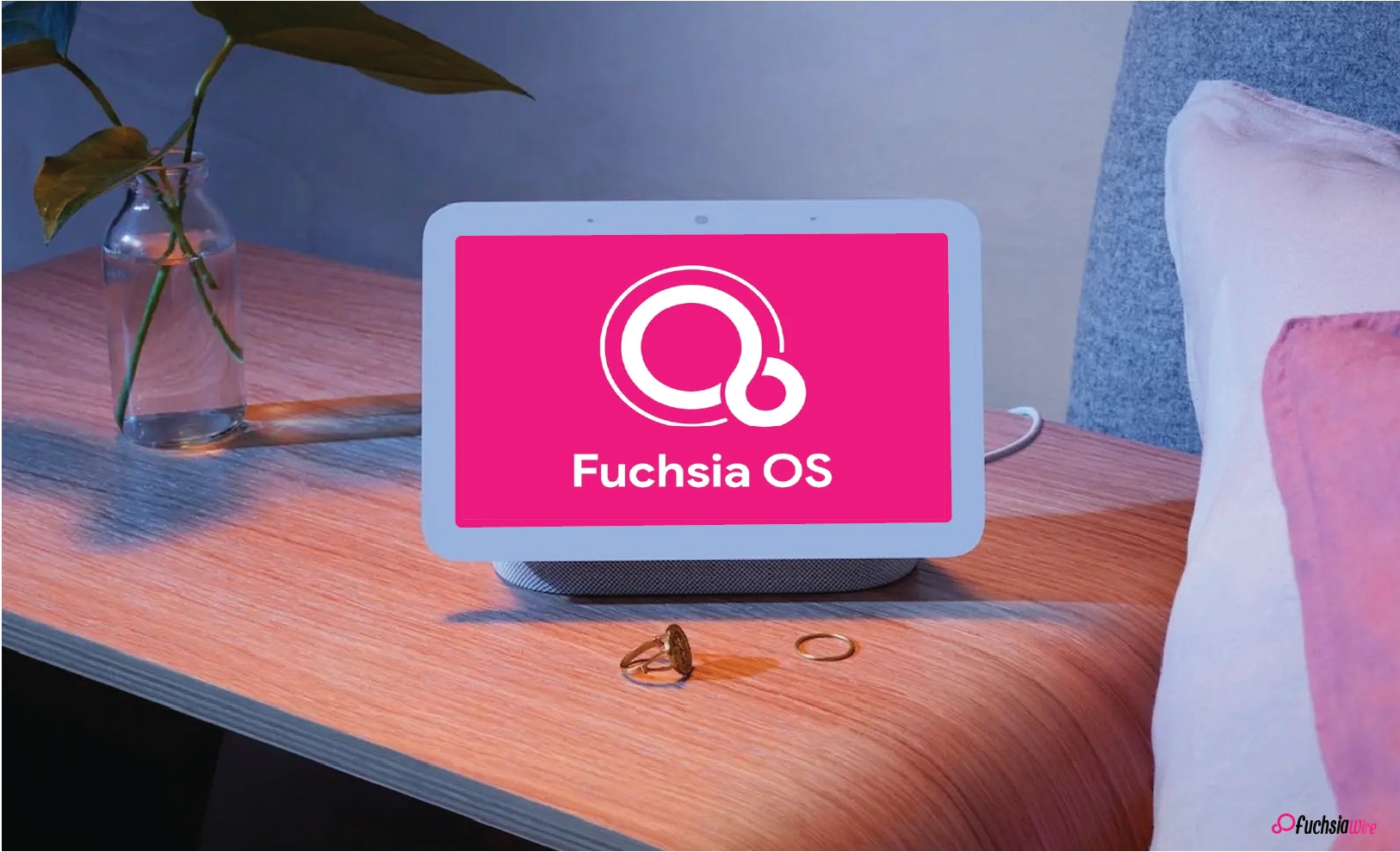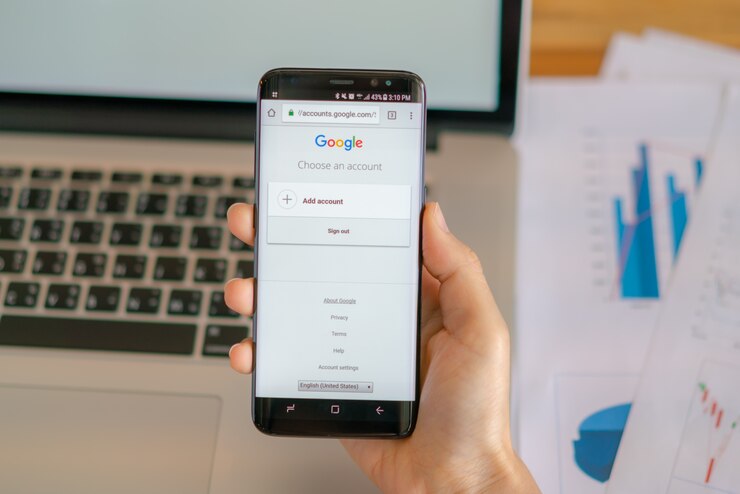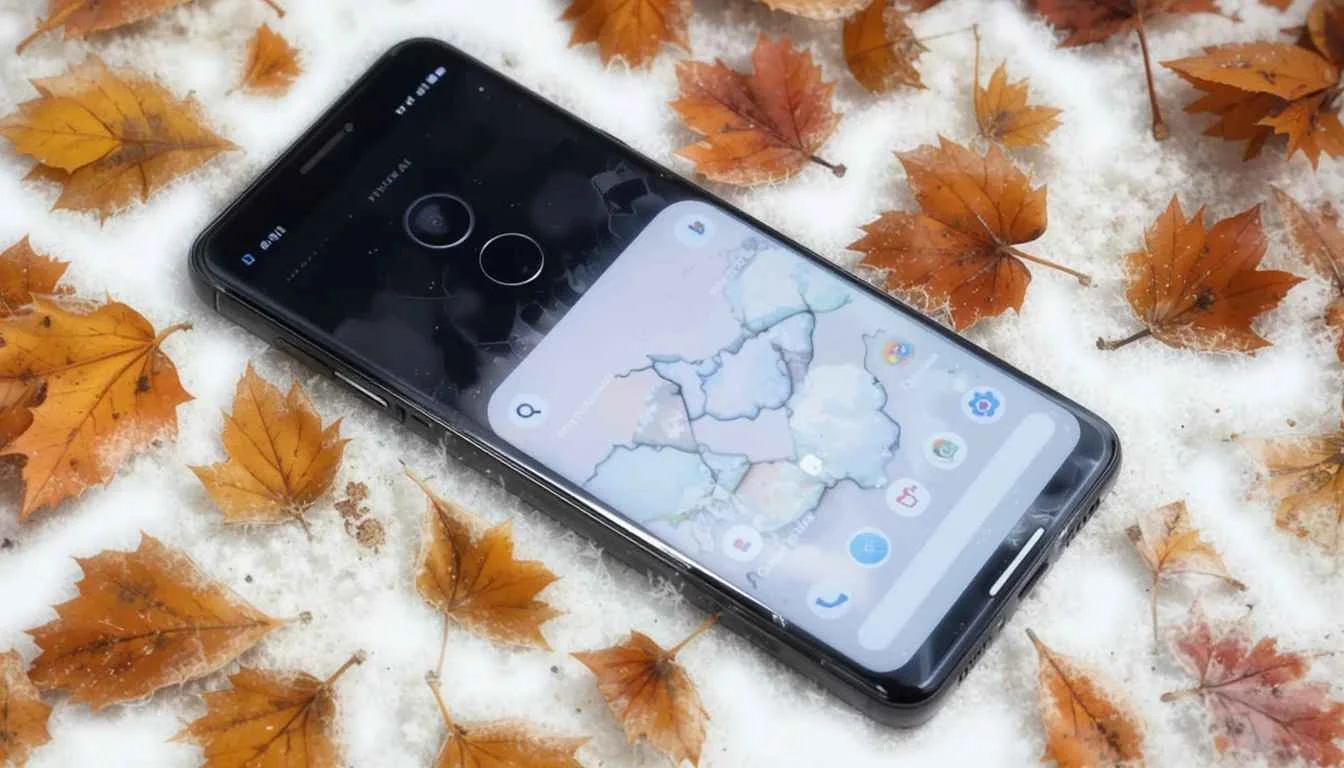Making shifts, Google is taking its design a step further after personalized foundations of Material You, and introducing the Google Material 3 Expressive.
This new design language was first presented at The Android Show: I/O Edition in May 2025, and it is described by the rich animation, more engaging user interface, and dynamic coloring.
Android users across the globe, in Android and Wear OS, can also anticipate these expressive updates that will push onto Android, Wear OS, and the whole host of popular Google apps that they use.
Main Expressive Features of Material 3
Motion & Visual Improvements: There will be even more spring-like animations and low-frequency haptics across the UI. Background blur effects and liquid screen-to-screen transitions will also enhance a more enjoyable and dynamic experience on your devices.
Dynamic Colors & Typography: dynamic color palettes in M3E are even richer and varied than before. And vary depending on the wallpaper being used. You will also see the overall visual hierarchy is more pronounced due to larger and bolder fonts. And the text has a better contrast to be read more easily in different light, in.
Google is updating a list of UI elements & Quick Settings: Google is implementing a new shape library and revising a number of UI components, such as the button groups. Also, there will be more customizable Quick Settings tiles. So you can access the most-used controls on your Android devices more quickly.
Live Updates Feature: The Live Updates feature is one of the best additions. This will make in-app tracking of progress (delivery of a food order, estimated time of arrival of a ride-share, etc.) easily available. And front and center in the user interface.
Rollout Timeline: When will See It?
Material 3 Expressive was announced by Google in May 2025, and is being rolled out in concert. With the anticipated early September 2025 launch of Android 16 QPR1. In the keen on using Pixels, there is already a beta program. Where one will have a preview of what using M3E will be like. You can be one of the first to play with these expressive modifications. By registering your supported Pixel device in the Android Beta Program.
App-Specific Rollouts: What is new on your favorite Apps?
Some of the most important Google apps are already preparing to or are already using the Material 3 Expressive treatment:
Contacts: As recently seen, Google Contacts is embracing a card-style UI with more tactile pill-shaped action icons. Offering a cleaner and more engaging way to manage your connections.
Gmail: Gmail is also being updated with features such as a read button in the notifications and the redesign of a search bar. As well as the use of container layouts and fluid swipe animations, all of which coalesce under the M3E aesthetic.
Photos: Google Photos is likely to see more fluid transitions and potentially new ways to interact with your memories. Aligning with the overall expressive theme.
Phone App: The Google Phone app is also in line for M3E updates, with features like customizable Calling Cards for contacts. Already rolling out to beta users, showcasing the new design principles in action.
Google Account UI: There is also the redesign of the interface used to edit your Google Account settings.
Wear OS Google smartwatch system will also receive a major update on the design. And will implement the principles of increased usability. And bright color set, and animations of Material 3 Expressive branding.
It Matters Because
Material 3 Expressive has been developed with comprehensive research in mind. As Google has conducted 46 user studies in 22 countries with more than 18,000 participants to ensure the highest level of information.
This study suggests that the more expressive UI is specific to the younger users, at least. Nevertheless, the emphasis on enhanced usability. Easier to read and follow visual hierarchy, and appealing interactions will help people of all ages in the sphere of. This is all aimed at making it more personal, more intuitive, and even enjoyable to use your Android devices and Google services.
Conclusion
Material 3 Expressive redesign in Google is a fresh and thrilling day in the line of workshop development of the appearance of Android.
Focusing on bright, graphic design, flexible movement, and improved user accessibility, M3E will bring a more compelling and individualized user experience to both users in and globally.
Look out for them as they make their way onto your Pixel phones and your favorite Google apps, or as always, you can be an early adopter and sign up for the Android Beta Program.
FAQs
What is Material 3 Expressive, and how does it differ from Material You?
Material 3 Expressive increases the level of personalisation of Material You by adding more dynamic colours that change with the time of day, springy animations, fluid transitions, updated UI elements, and new functions such as Live Updates. It is a more expressive and engrossing user experience.
When do the users get the Expressive redesign?
The primary rollout will come along with the stable release of Android 16 QPR1 at the beginning of September 2025. But there are already rolling app-specific updates, and Pixel users can get an early preview of them when they join the Android Beta Program.
Which visual and interactive changes are of importance to the user?
They may expect smoother shifting animations, fuller dynamic color schemes, updated user interface features, such as utilizing card-based grid systems and pill-shaped buttons in applications, and the release of the Live Updates feature, where information can be displayed in real-time.
Which are the apps that already or will soon reflect Material 3 Expressive?
Apps like Google Contacts, Messages, Gmail, Photos, Phone, and the Google Account UI are all receiving M3E updates. Another important developer change with Wear OS 6 is an M3E design refresh.
What is Live Updat, and what is it?
Live Updates will enable apps to show real-time content directly within their interface. Examples of this may provide users with immediate and contextual data, like delivery status or ride estimated time of arrival, without continual reloading.
What is Material 3 Expressive, and how does it boost Wear OS?
Wear OS 6 will redefine M3E with more colorful adjustments, smoother animation, and an intelligent interactive interface to specifically adapt to smartwatches.
Why would Google choose to spend on such a drastic redesign?
Although aesthetics is an important component, the redesign is also led by user research whose mandate is to make the experience engaging, intuitive, and easy to use.

























